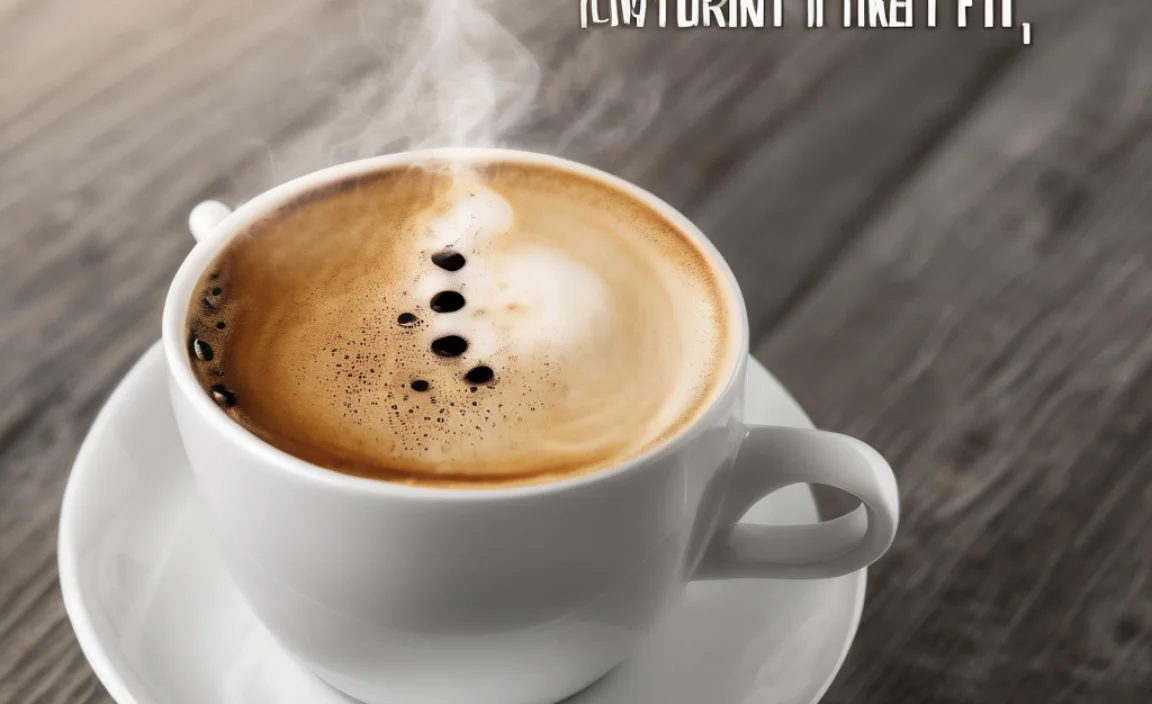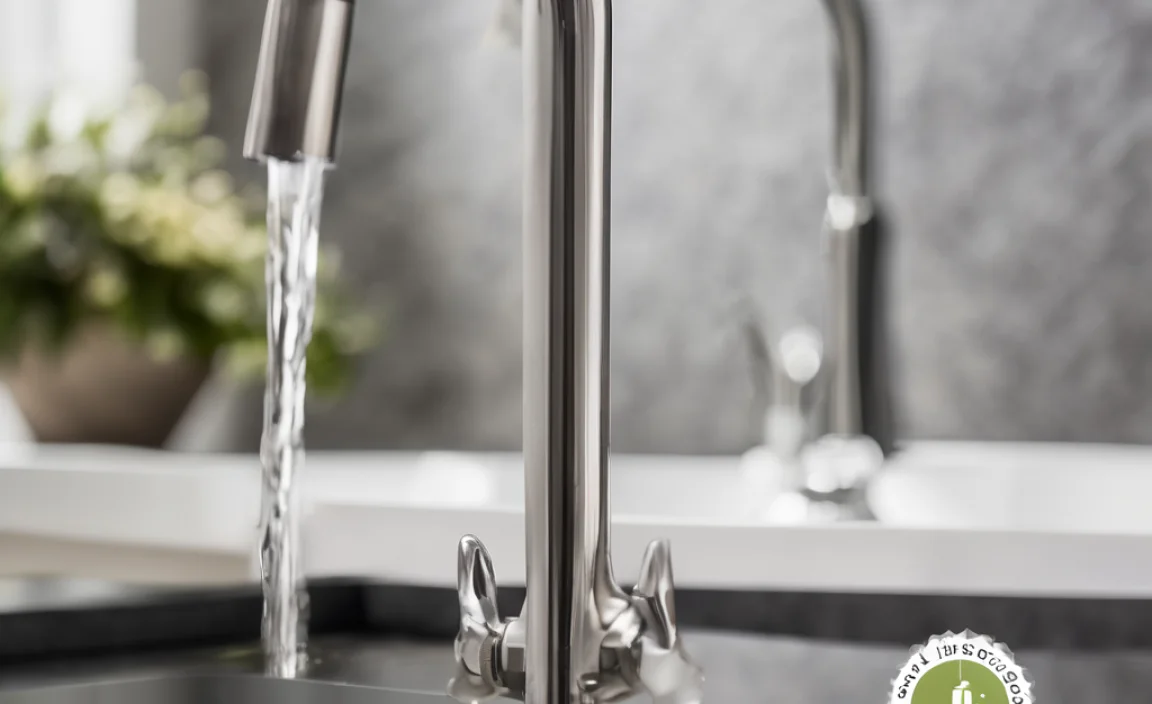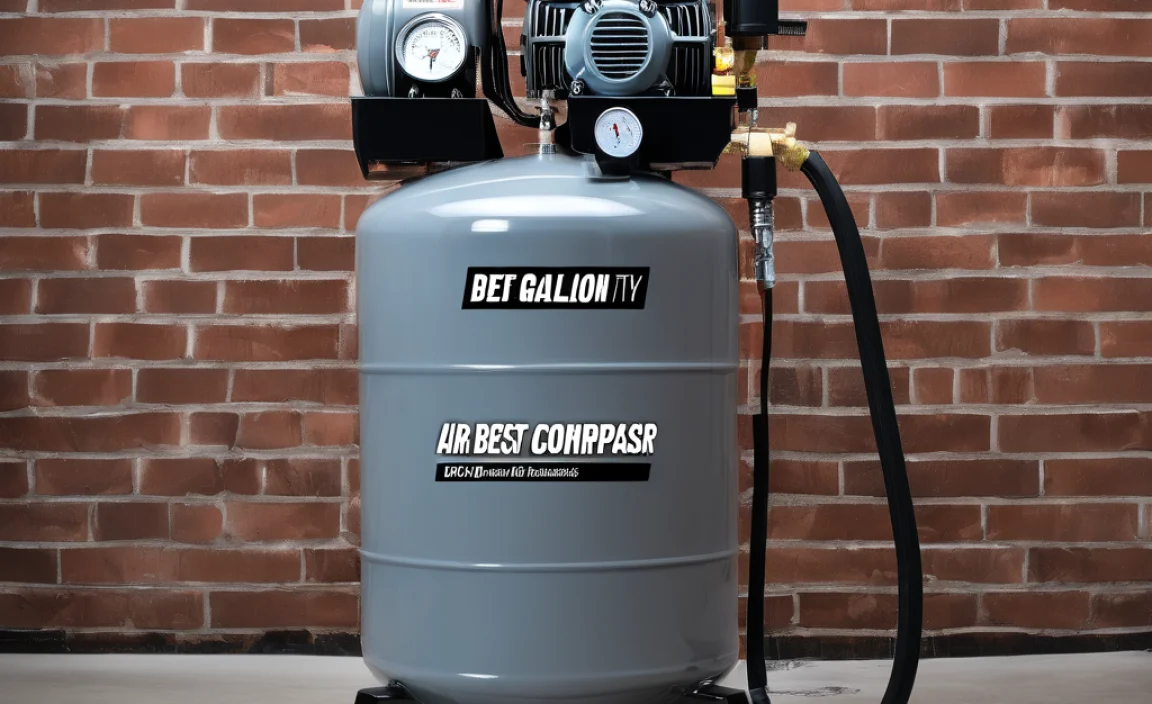Quick Summary: Toilet bowl cleaners typically fall under Hazard Class 8: Corrosives. This means they can cause burns to the skin and eyes, and can damage or destroy other materials. Always read the product label for specific hazard information and follow safety precautions like wearing gloves and eye protection.
Ever wondered what makes toilet bowl cleaner so effective at blasting away grime and stains? It’s all thanks to some powerful chemicals. But those same chemicals can also be hazardous if not handled properly. Figuring out the hazard class of your toilet bowl cleaner is super important for keeping you, your family, and your home safe. It might sound complicated, but don’t worry! We’ll break it down step by step so you can understand exactly what you’re dealing with and how to use these cleaners safely. Ready to learn more? Let’s get started!
Understanding Hazard Classes
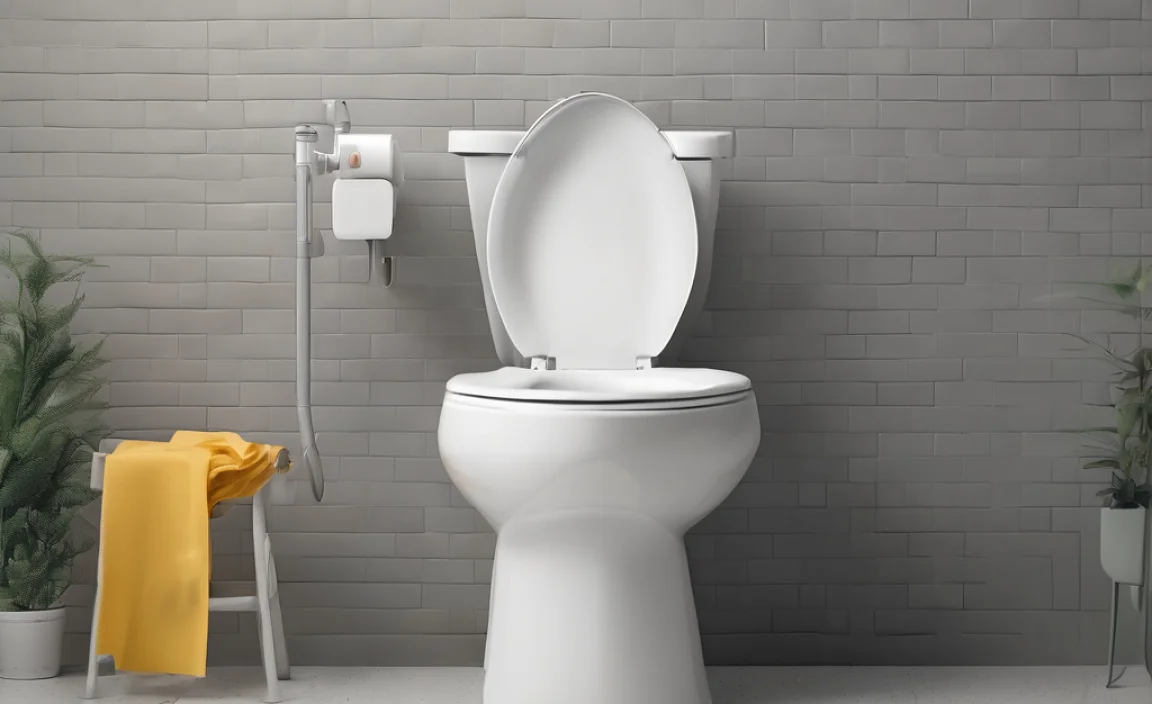
Before diving into toilet bowl cleaners, let’s get a handle on what hazard classes are all about. These classes are a way of categorizing dangerous goods based on the type of risk they pose. Think of it like sorting different tools in your garage – you wouldn’t put your hammer with your paintbrushes, right? Hazard classes help us organize and understand the potential dangers of different substances.
What are Hazard Classes?
Hazard classes are a standardized system used internationally to identify and classify hazardous materials. These materials are categorized based on their immediate physical or health risks. This system is vital for safe handling, storage, and transportation.
Here’s a quick overview of the main hazard classes:
- Class 1: Explosives – Materials that can rapidly detonate or deflagrate.
- Class 2: Gases – Compressed, liquefied, or dissolved gases that can be flammable, toxic, or oxidizing.
- Class 3: Flammable Liquids – Liquids that can easily ignite and burn.
- Class 4: Flammable Solids – Solids that can easily ignite and burn, or that are liable to spontaneous combustion.
- Class 5: Oxidizing Substances and Organic Peroxides – Materials that can readily provide oxygen and accelerate combustion.
- Class 6: Toxic and Infectious Substances – Materials that can cause death or serious injury if swallowed, inhaled, or contacted by skin.
- Class 7: Radioactive Material – Materials containing radioactive isotopes.
- Class 8: Corrosives – Materials that can cause burns to the skin, eyes, and other tissues, and can corrode metals.
- Class 9: Miscellaneous Dangerous Goods – Materials that present a hazard not covered by other classes, such as environmentally hazardous substances.
Each class has its own set of symbols and labels to help people quickly identify the potential hazards. You’ll see these symbols on product labels, shipping containers, and in workplaces.
Why Hazard Classes Matter
Understanding hazard classes is crucial for several reasons:
- Safety: Knowing the hazards helps you take the right precautions to protect yourself, your family, and your property.
- Compliance: Many regulations require proper labeling, handling, and storage of hazardous materials based on their hazard class.
- Emergency Response: In case of an accident or spill, knowing the hazard class helps emergency responders take appropriate action.
Toilet Bowl Cleaner: A Closer Look
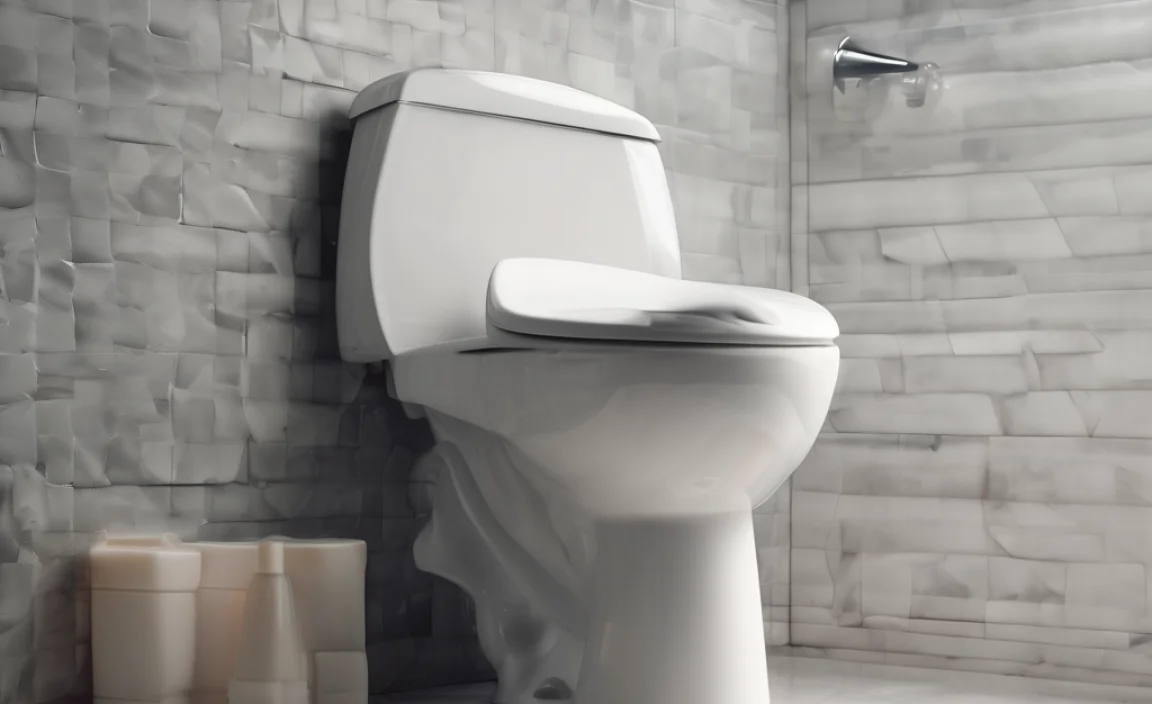
Now that we’ve covered the basics of hazard classes, let’s zoom in on toilet bowl cleaners. These cleaners are formulated to tackle tough stains, mineral deposits, and bacteria in your toilet bowl. But what makes them so effective?
Common Ingredients in Toilet Bowl Cleaners
Toilet bowl cleaners typically contain a blend of chemicals designed to dissolve stains, kill germs, and leave your toilet sparkling clean. Here are some of the most common ingredients:
- Hydrochloric Acid (HCl): A strong acid that dissolves mineral deposits and rust.
- Sodium Hypochlorite (NaClO): Bleach, which disinfects and removes stains.
- Sulfamic Acid (H3NSO3): A milder acid used to remove hard water stains and limescale.
- Surfactants: These help to loosen dirt and grime, allowing the other ingredients to work more effectively.
- Fragrances and Dyes: Added to improve the scent and appearance of the cleaner.
Why These Ingredients are Hazardous
While these ingredients are effective at cleaning, they can also be hazardous if not handled properly:
- Acids (Hydrochloric, Sulfamic): Can cause burns to skin and eyes, and can damage surfaces like metal and porcelain.
- Bleach (Sodium Hypochlorite): Can irritate skin and eyes, and can release toxic chlorine gas when mixed with other chemicals (especially ammonia).
- Surfactants: Can cause skin and eye irritation.
Because of these potential hazards, toilet bowl cleaners are classified under specific hazard classes. Let’s find out which one.
What Hazard Class is Toilet Bowl Cleaner?

So, what hazard class does toilet bowl cleaner fall under? The answer is typically Hazard Class 8: Corrosives. This is because many toilet bowl cleaners contain strong acids or bases that can cause burns and damage to skin, eyes, and other materials.
Why Class 8?
Here’s why toilet bowl cleaners are classified as corrosives:
- Corrosive to Skin: The acids and bases in these cleaners can cause chemical burns upon contact with skin.
- Corrosive to Eyes: Splashes can cause severe eye damage, including blindness.
- Corrosive to Materials: These cleaners can corrode metals and damage other surfaces if left in contact for too long.
Exceptions and Variations
While most toilet bowl cleaners are Class 8 corrosives, there can be some exceptions. For example, some “eco-friendly” or “natural” cleaners may use milder ingredients that don’t meet the criteria for Class 8. However, it’s still important to read the label and follow safety precautions, even with these products. Always check the Safety Data Sheet (SDS) for the specific product you are using.
Safety Precautions When Using Toilet Bowl Cleaner
Now that you know the potential hazards, let’s talk about how to use toilet bowl cleaner safely. Follow these precautions to protect yourself and your home:
- Read the Label: Always read and follow the manufacturer’s instructions on the product label. This will tell you how to use the cleaner correctly and what precautions to take.
- Wear Gloves: Protect your skin by wearing chemical-resistant gloves.
- Wear Eye Protection: Wear safety glasses or goggles to prevent splashes from getting into your eyes.
- Ventilation: Make sure the bathroom is well-ventilated when using toilet bowl cleaner. Open a window or turn on the exhaust fan.
- Avoid Mixing: Never mix toilet bowl cleaner with other chemicals, especially bleach or ammonia. This can create dangerous gases.
- Proper Storage: Store toilet bowl cleaner in a secure location, out of reach of children and pets. Keep it in its original container and tightly sealed.
- First Aid: Know what to do in case of accidental exposure. Rinse skin or eyes with plenty of water for at least 15 minutes. If swallowed, call a poison control center or seek medical attention immediately.
Here’s a quick recap in a table:
| Safety Precaution | Why It’s Important |
|---|---|
| Read the Label | Provides specific instructions and warnings for the product. |
| Wear Gloves | Protects skin from chemical burns and irritation. |
| Wear Eye Protection | Prevents eye damage from splashes. |
| Ventilation | Reduces exposure to harmful vapors. |
| Avoid Mixing | Prevents dangerous chemical reactions. |
| Proper Storage | Keeps cleaner out of reach of children and pets. |
| First Aid | Ensures prompt and appropriate response to exposure. |
First Aid Measures
Accidents can happen, so it’s important to know what to do if you or someone else is exposed to toilet bowl cleaner. Here are some basic first aid measures:
- Skin Contact: Immediately rinse the affected area with plenty of water for at least 15 minutes. Remove contaminated clothing. Seek medical attention if irritation persists.
- Eye Contact: Immediately flush eyes with plenty of water for at least 15 minutes, lifting upper and lower eyelids occasionally. Seek medical attention immediately.
- Inhalation: Move to fresh air. If breathing is difficult, administer oxygen. Seek medical attention.
- Ingestion: Do not induce vomiting. Rinse mouth with water. Drink a glass of water or milk. Seek medical attention immediately.
Important: Always have the product label or Safety Data Sheet (SDS) available when seeking medical attention. This will help healthcare professionals understand the specific hazards and provide appropriate treatment.
Alternatives to Harsh Chemical Cleaners
If you’re concerned about the hazards of traditional toilet bowl cleaners, there are some alternative options you can try. These alternatives may not be as powerful as chemical cleaners, but they can still be effective for routine cleaning and maintenance.
DIY Cleaning Solutions
You can make your own toilet bowl cleaner using simple household ingredients:
- Baking Soda and Vinegar: Sprinkle baking soda into the toilet bowl, then pour in vinegar. Let it fizz for 30 minutes, then scrub and flush.
- Borax: Sprinkle borax into the toilet bowl, let it sit for a few hours or overnight, then scrub and flush.
- Citric Acid: Add a few tablespoons of citric acid to the toilet bowl, let it sit for 30 minutes, then scrub and flush.
Eco-Friendly Commercial Cleaners
There are also many eco-friendly toilet bowl cleaners available on the market. These cleaners typically use plant-based ingredients and are free from harsh chemicals like hydrochloric acid and bleach. Look for products that are labeled as “biodegradable,” “non-toxic,” or “eco-friendly.”
Pros and Cons of Alternatives
Here’s a quick comparison of traditional cleaners and alternatives:
| Cleaner Type | Pros | Cons |
|---|---|---|
| Traditional Chemical Cleaners | Highly effective at removing stains and killing germs. | Can be hazardous to skin, eyes, and respiratory system. May damage surfaces. |
| DIY Cleaning Solutions | Inexpensive and readily available. Environmentally friendly. | May not be as effective as chemical cleaners for tough stains. |
| Eco-Friendly Commercial Cleaners | Safer for people and the environment. Effective for routine cleaning. | May be more expensive than traditional cleaners. |
Understanding Safety Data Sheets (SDS)
A Safety Data Sheet (SDS) is a document that provides detailed information about the hazards of a chemical product, as well as safety precautions and first aid measures. SDSs are required for all hazardous chemicals and are an important resource for anyone who handles these products.
What Information is Included in an SDS?
An SDS typically includes the following information:
- Identification: Product name, manufacturer information, and emergency contact information.
- Hazard Identification: Hazard class, symbols, and warnings.
- Composition/Information on Ingredients: Chemical names and concentrations of hazardous ingredients.
- First-Aid Measures: Instructions for treating exposure to the product.
- Fire-Fighting Measures: Information on how to extinguish fires involving the product.
- Accidental Release Measures: Instructions for cleaning up spills and leaks.
- Handling and Storage: Safe handling and storage practices.
- Exposure Controls/Personal Protection: Recommended personal protective equipment (PPE).
- Physical and Chemical Properties: Physical and chemical characteristics of the product.
- Stability and Reactivity: Information on the product’s stability and potential reactivity with other chemicals.
- Toxicological Information: Information on the product’s toxicity and potential health effects.
- Ecological Information: Information on the product’s environmental impact.
- Disposal Considerations: Proper disposal methods.
- Transport Information: Information on shipping and transportation regulations.
- Regulatory Information: Information on applicable regulations.
- Other Information: Any other relevant information about the product.
How to Access SDS Information
You can usually find SDS information on the manufacturer’s website or by contacting the manufacturer directly. Many retailers also provide SDS information for the products they sell. You can also search online databases for SDS information.
FAQ About Toilet Bowl Cleaner Hazard Class
Here are some frequently asked questions about the hazard class of toilet bowl cleaner:
Is toilet bowl cleaner always a Class 8 corrosive?
Mostly, yes. The strong acids or bases in most toilet bowl cleaners classify them as Class 8 corrosives. Always check the product label and SDS to confirm.
Can I mix toilet bowl cleaner with other cleaning products?
Never mix toilet bowl cleaner with other chemicals, especially bleach or ammonia. This can create dangerous and toxic gases.
What should I do if I get toilet bowl cleaner on my skin?
Immediately rinse the affected area with plenty of water for at least 15 minutes. Remove contaminated clothing and seek medical attention if irritation persists.
Is it safe to use toilet bowl cleaner around children and pets?
Store toilet bowl cleaner in a secure location, out of reach of children and pets. Supervise children and pets when using the cleaner.
Are there safer alternatives to traditional toilet bowl cleaner?
Yes, DIY solutions like baking soda and vinegar, or eco-friendly commercial cleaners, can be effective alternatives. They are generally safer for you and the environment.
Where can I find the Safety Data Sheet (SDS) for my toilet bowl cleaner?
You can usually find the SDS on the manufacturer’s website or by contacting the manufacturer directly. Many retailers also provide SDS information.
What does “corrosive” mean?
Corrosive means that a substance can cause visible destruction or irreversible alterations in living tissue or damage other materials by chemical action.
Conclusion
Understanding the hazard class of toilet bowl cleaner – typically Class 8: Corrosives – is essential for protecting yourself and your family. By knowing the potential risks and taking the right precautions, you can use these cleaners safely and effectively. Always remember to read the label, wear protective gear, ensure good ventilation, and store cleaners properly. And if you’re looking for a safer option, consider DIY or eco-friendly alternatives. With a little knowledge and care, you can keep your toilet sparkling clean without putting yourself at risk. Stay safe and happy cleaning!

